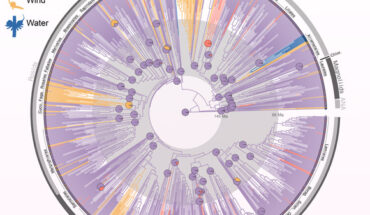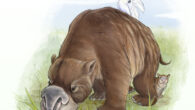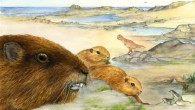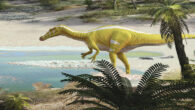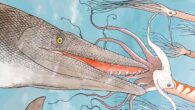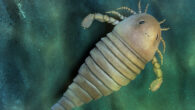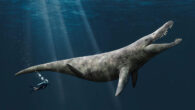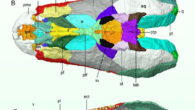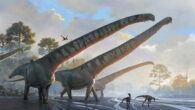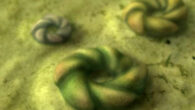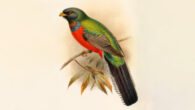Most living angiosperms (flowering plants) are pollinated by insects, and the new reconstruction of the ancestral pollination mode of angiosperms suggests that their most recent common ancestor was also insect pollinated. Macroevolution of pollination modes across angiosperms, showing the proportional marginal likelihood of pollination mode at the ancestral nodes for each angiosperm order. Image credit: Stephens et al., doi: 10.1111/nph.18993. “Pollination...

